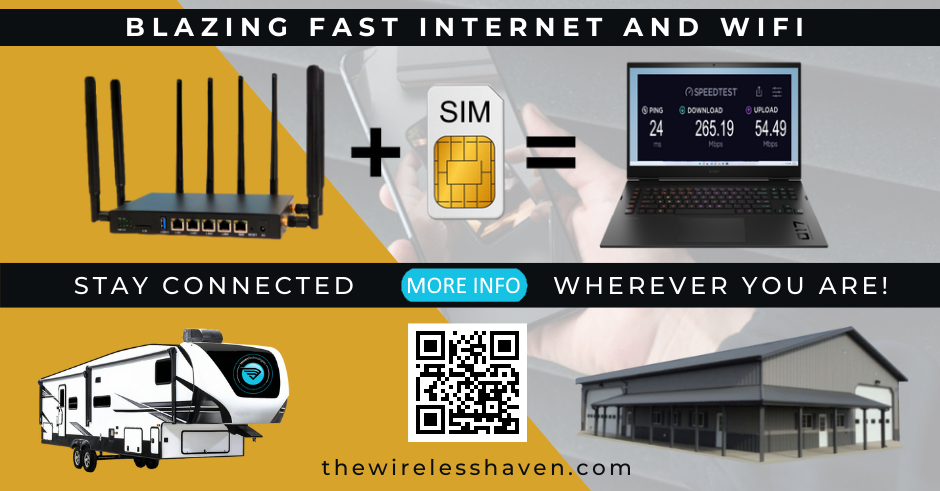(continued...)
When my order arrived Sunday, from Amazon, I did the following:
- Set up vlans on the switch. I'm doing a one armed router setup, where the OpenMPTCProuter will send and receive all data on a single ethernet cable to/from the switch. I've set up port 1 on the switch to have tagged packets for each of my vlans, going into the new router.
vlan 1 = a default vlan that I removed all ports from
vlan 2 = for my LAN (OpenMPTCrouter on port 1, and my LAN router on port 5 and an extra port (4) if I need to plug in another device sometime)
vlan 3 = my DSL WAN connection and OpenMPTCProuter (port 2)
vlan 4 = my AT&T LTE WAN connection and OpenMPTCProuter (port 3)
- Wrote the OpenMPTCProuter firmware to a micro SD card with Win32DiskImager (
https://sourceforge.net/projects/win32diskimager/).
- Booted the Pi with the router firmware and connected it to a laptop to configure it.
- I had some trial and error here of connecting it to the switch and connecting a laptop to the switch to see if they could communicate properly. So I had to go back and forth between a direct connection to the router and laptop and then testing between them through the switch. Main problems were:
- A self-signed cert for the SSL for the router management browser interface throws a flag for chrome browser, and even after telling it to go ahead anyway, it wouldn't. Took a long time to figure out it was my anti-virus blocking me.
- Not having worked with vlans before, I may have had some configuration tweaks to make in the switch.
- Getting the vlan configuration right on the router took some trial and error. The Pi doesn't have an internal switch, so everything is virtual and not as visually accessible in the user interface. When you create a new network interface, you have to know to manually enter it as eth0.2, eth0.10, eth0.20, etc. Those 3 represent my vlans, with subnets of 192.168.2.x (for the router on the LAN side), 192.168.10.x (for the DSL router), and 192.168.20.x (for the LTE router).
- The last hurdle was a realization that no firewall being configured for network interfaces in the router means that no packets travel, not that all packets travel.
- After making sure the laptop and router could communicate through the switch, I plugged the DSL modem into the switch, after adjusting its subnet configuration to match what I wanted. I believe the router couldn't communicate right way, due to some settings on the interface or firewall. I adjusted those settings and it could then see the DSL connection and communicate with the VPS. This provided a single legged WAN connection to the VPS, and gave my laptop on the switch access to the internet through that tunnel. Very minor performance drain by going through the tunnel.
- I played with that a while and then plugged my LTE WAN connection into the switch (after configuring the LTE router for the right subnet). Success! 2 connections turned into 1. (screenshot from a day later)
openmptcprouter_success.jpg
- I then plugged my regular LAN router into the switch. It didn't work at first. I had to release and renew its DHCP address to get a new one from the OpenMPTCProuter. I could set this as a static value, but I need to be able to revert to only using the LTE router instead of the full blown tunnel approach (by swapping cables around). Since the LTE router and the OpenMPTCProuter are on different subnets, I need the old LAN router to dynamically get on one or the other by renewing its DHCP address.
- Most things worked well on my LAN. The exceptions were certain streaming providers, like Netflix and Hulu. I played around with trying to configure the router to have these bypass the tunnel, but that's not as easy as it should be. The router provides many ways to do it, but most don't seem to work.
(continued in the next post)
You do not have the required permissions to view the files attached to this post.





